
Luigi Schiavonetti, Italian reproductive engraver and etcher, was born at Bassano in Venetia.

Francesco Bartolozzi was an Italian engraver, whose most productive period was spent in London. He is noted for popularizing the "crayon" method of engraving.

Marcantonio Raimondi, often called simply Marcantonio, was an Italian engraver, known for being the first important printmaker whose body of work consists largely of prints copying paintings. He is therefore a key figure in the rise of the reproductive print. He also systematized a technique of engraving that became dominant in Italy and elsewhere. His collaboration with Raphael greatly helped his career, and he continued to exploit Raphael's works after the painter's death in 1520, playing a large part in spreading High Renaissance styles across Europe. Much of the biographical information we have comes from his life, the only one of a printmaker, in Vasari's Lives of the Artists.

Sebastiano del Piombo was an Italian painter of the High Renaissance and early Mannerist periods famous as the only major artist of the period to combine the colouring of the Venetian school in which he was trained with the monumental forms of the Roman school. He belongs both to the painting school of his native city, Venice, where he made significant contributions before he left for Rome in 1511, and that of Rome, where he stayed for the rest of his life, and whose style he thoroughly adopted.
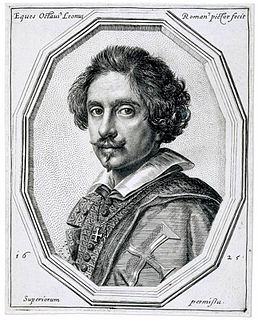
Ottavio Leoni (1578–1630) was an Italian painter and printmaker of the early-Baroque, active mainly in Rome.
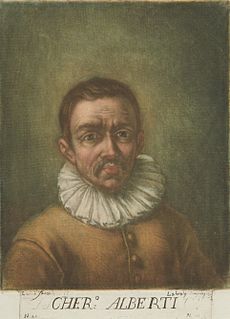
Cherubino Alberti (1553–1615), also called Borghegiano, was an Italian engraver and painter. He is most often remembered for the Roman frescoes completed with his brother Giovanni Alberti during the papacy of Clement VIII. He was most prolific as an engraver of copper plates.

Giovanni Volpato (1735–1803) was an Italian engraver. He was also an excavator, dealer in antiquities and manufacturer of biscuit porcelain figurines.
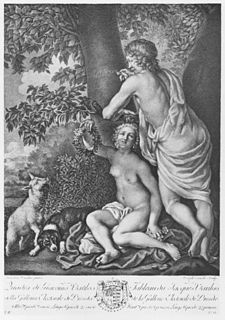
Giuseppe Canale (1725–1802) was an Italian painter and engraver. He was born in Rome, the son of Antonio Canale. He was instructed in engraving by Jacob Frey, and also frequented the school of the Cavalière Marco Benefial. In 1751 he was invited to Dresden to assist in engraving plates for the pictures in their Gallery, and was appointed engraver to the Court. He completed the following prints:

Agostino Veneziano, whose real name was Agostino de' Musi, was an important and prolific Italian engraver of the Renaissance.
Niccolò Billy was an Italian engraver of the 18th century, active in Rome. Originally from France, he was active around 1734 along with his brother Antonio Billy. They engraved several portraits and historical subjects. Niccoló engraved some plates for the Museum Florentinum, including self-portraits of Federico Zuccari; Hans Holbein; Pier Leone Ghezzi; and Giovanni Morandi. He also engraved Cardinal Pompeo Aldrovandi after G. Berti; Infant Jesus sleeping; Cardinal Spinelli; St. Philip Neri kneeling before the Virgin after Sebastiano Conca; The Holy Family: after Annibale Carracci; St Michael Archangel after Pietro da Cortona (1689); and The Flight into Egypt; after Guido Reni.
The year 1512 in art involved some significant events and new works.

Martino Rota, also Martin Rota and Martin Rota Kolunić was an artist, now mainly known for his printmaking, from Dalmatia.
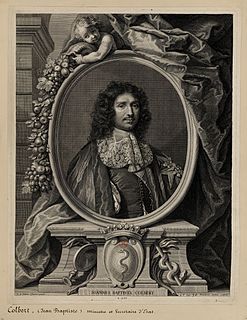
Benoît Audran the Elder was a French engraver.
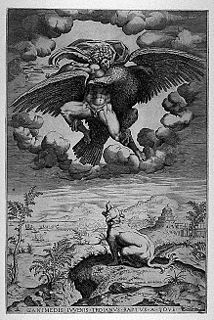
Nicolas Béatrizet was 16th century French engraver, working in Rome.

Jakob Binck was a German engraver, etcher, painter, medalist, copyist and art dealer. He was a peripatetic artist who worked for various courts in Northern Europe, especially the Danish court, and also resided in Antwerp for a while. As an engraver he is counted as a peripheral member of the Little Masters group.
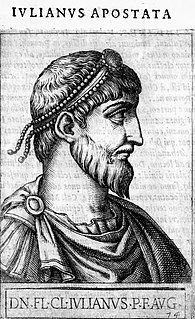
Giovanni Battista de'Cavalieri (1526–1597), an Italian engraver, was born at Lagherino and died at Rome. His style of engraving resembles that of Aeneas Vico. Many of his plates are copies after the great Italian masters; they are etched, and finished with the graver. He was very laborious, and his plates number nearly 380. The following are those most worthy of notice.
Guillaume Chasteau (1635–1683) was a French engraver.
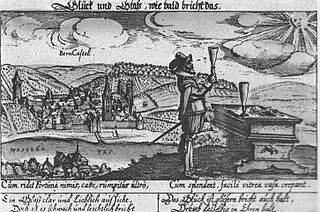
Sebastian Furck or Fulcarus (c.1589–1666) was a German engraver.

Cornelis Galle the Elder, a younger son of Philip Galle, was born at Antwerp in 1576, and was taught engraving by his father. He followed the example of his brother Theodoor in visiting Rome, where he resided for several years and acquired a correctness of design and a freedom of execution in which he greatly surpassed both his father and his brother. After engraving several plates at Rome, he returned to Antwerp, where he carried on the business of a printseller and engraved many plates after the works of his countrymen and his own designs. He became a master of the Antwerp Guild of St Luke in 1610. One of his pupils was Giovanni Florimi of Siena.

Arnold van Westerhout or Arnoldo van Westerhout was a Flemish printmaker, painter, draughtsman, publisher and printer. He trained in Antwerp but mainly worked abroad, and in particular in Italy. He settled in Rome where he was a prominent printmaker and publisher. The artist is less known for his paintings, which covered religious and genre subjects, than for his work as a printmaker and publisher.

















